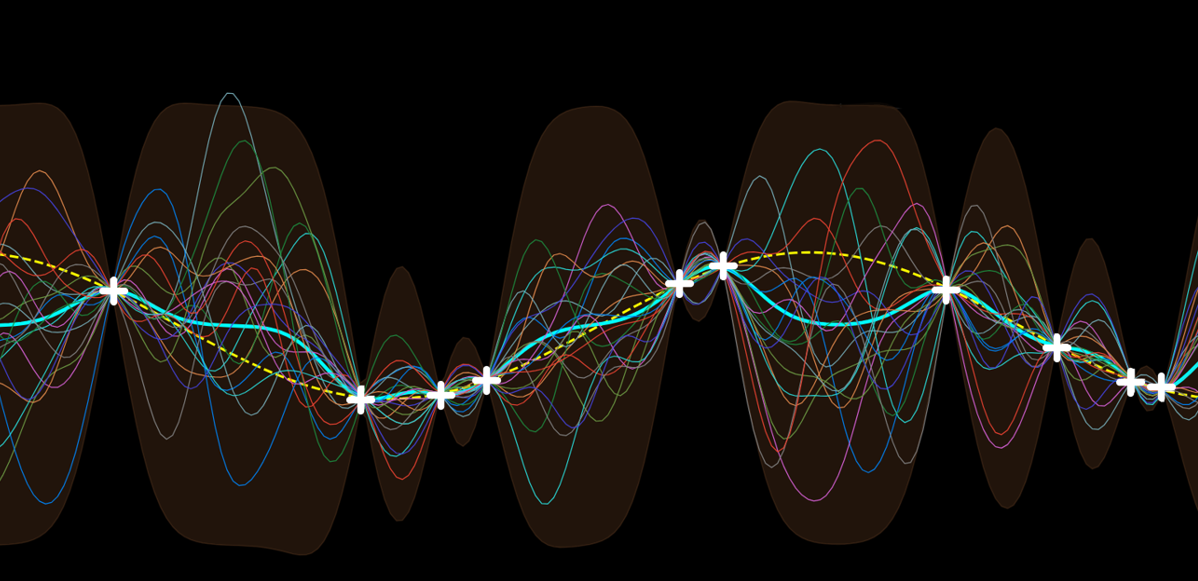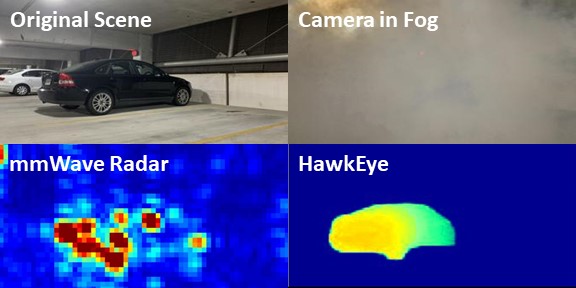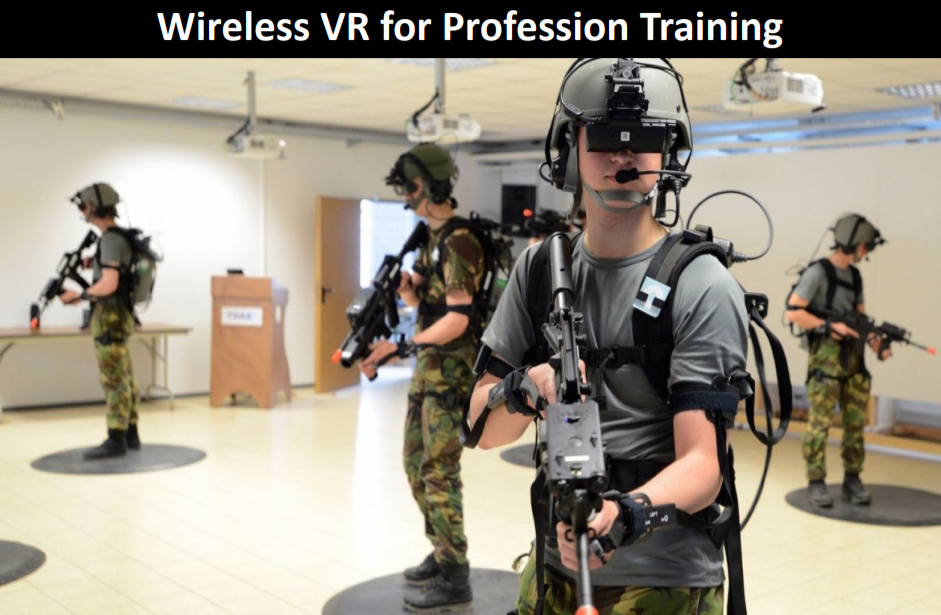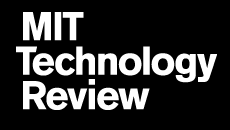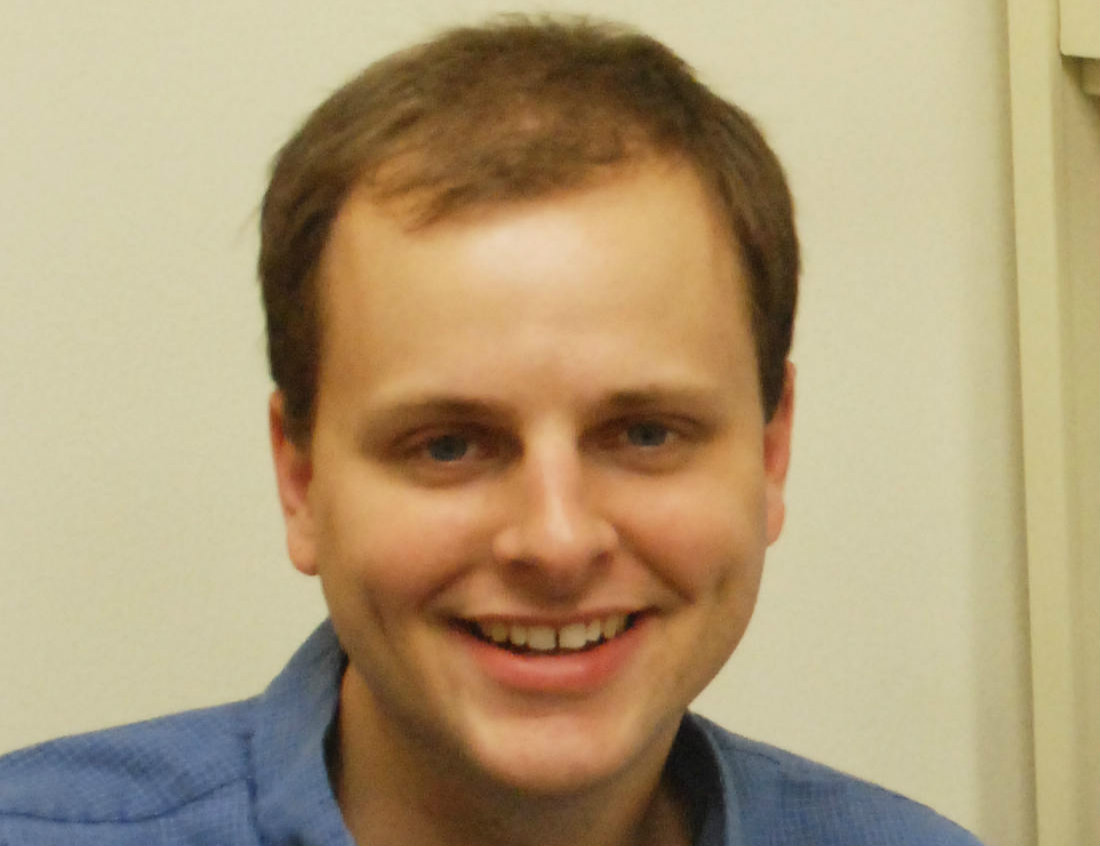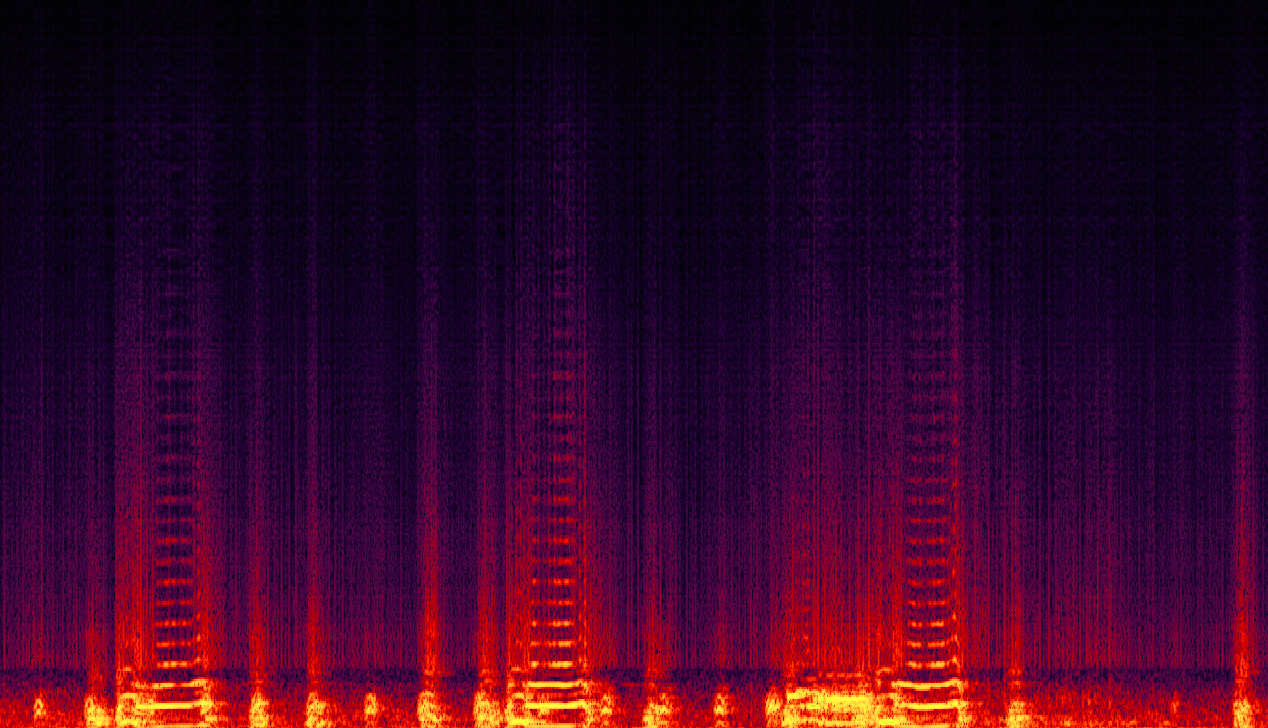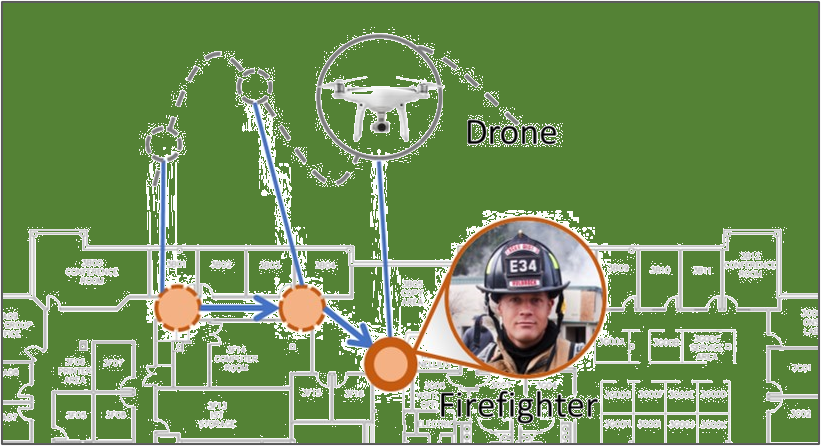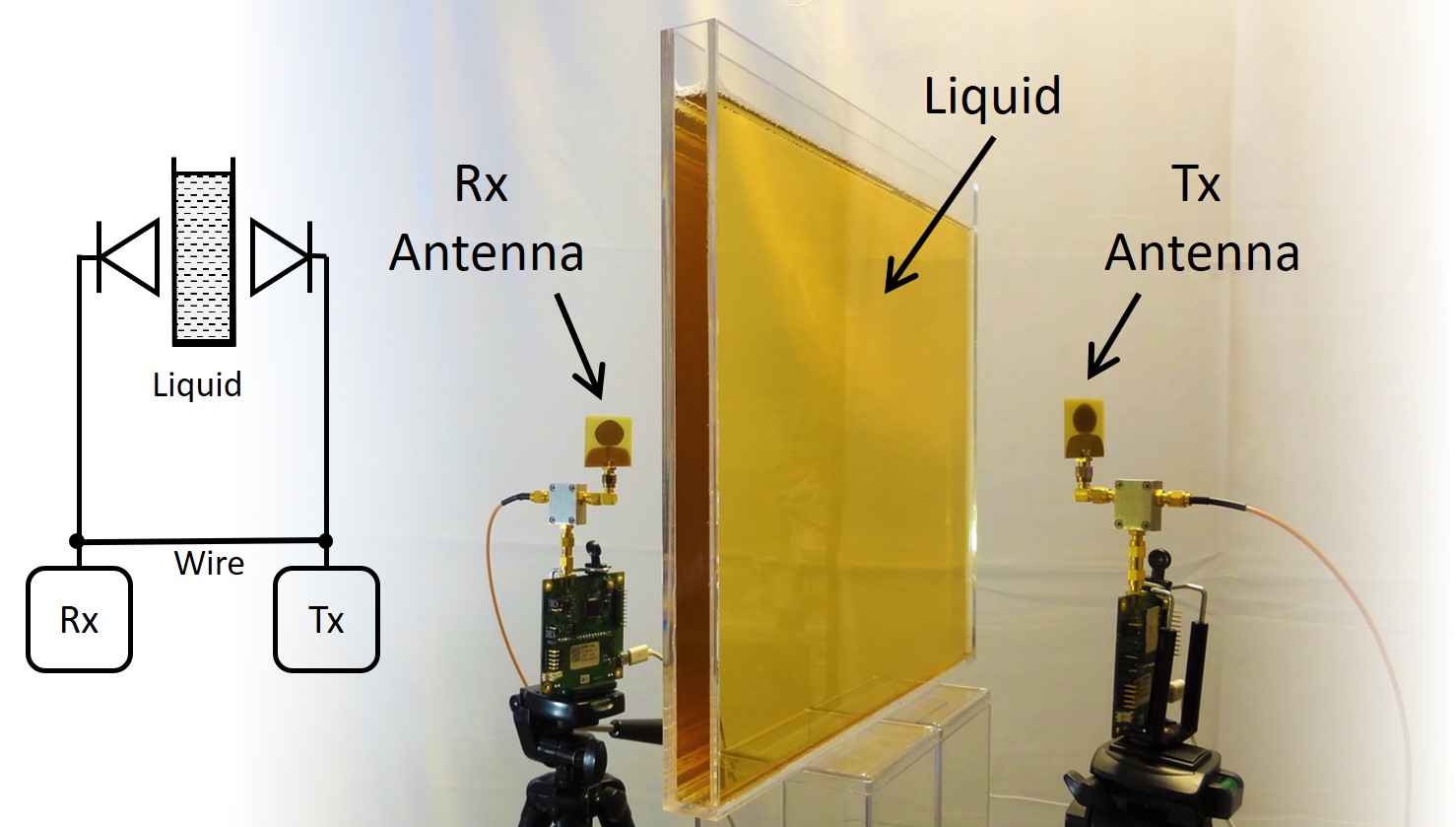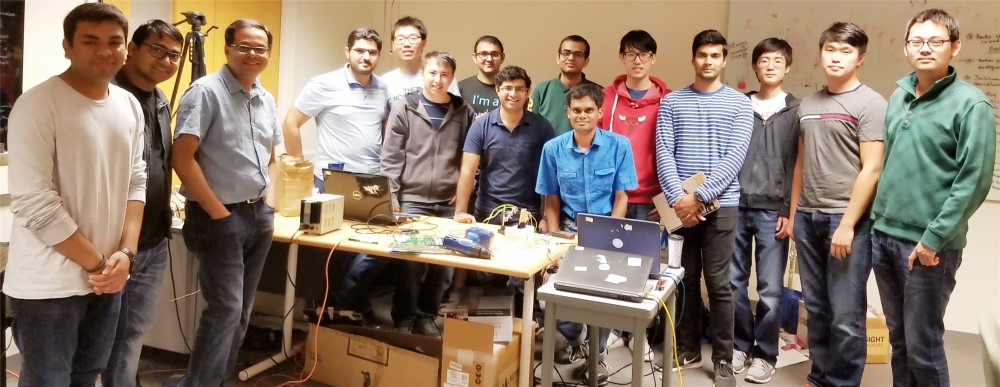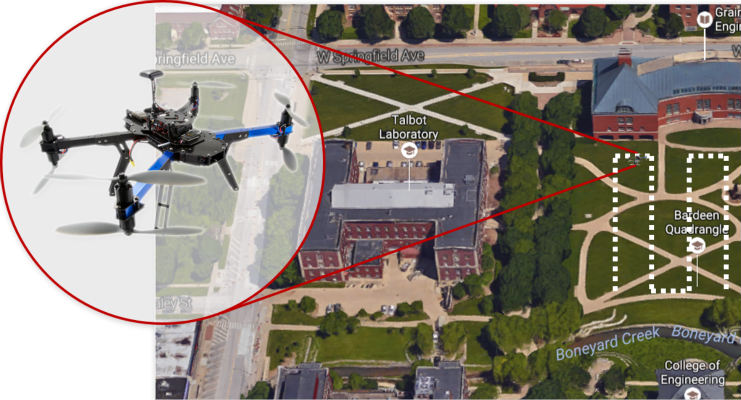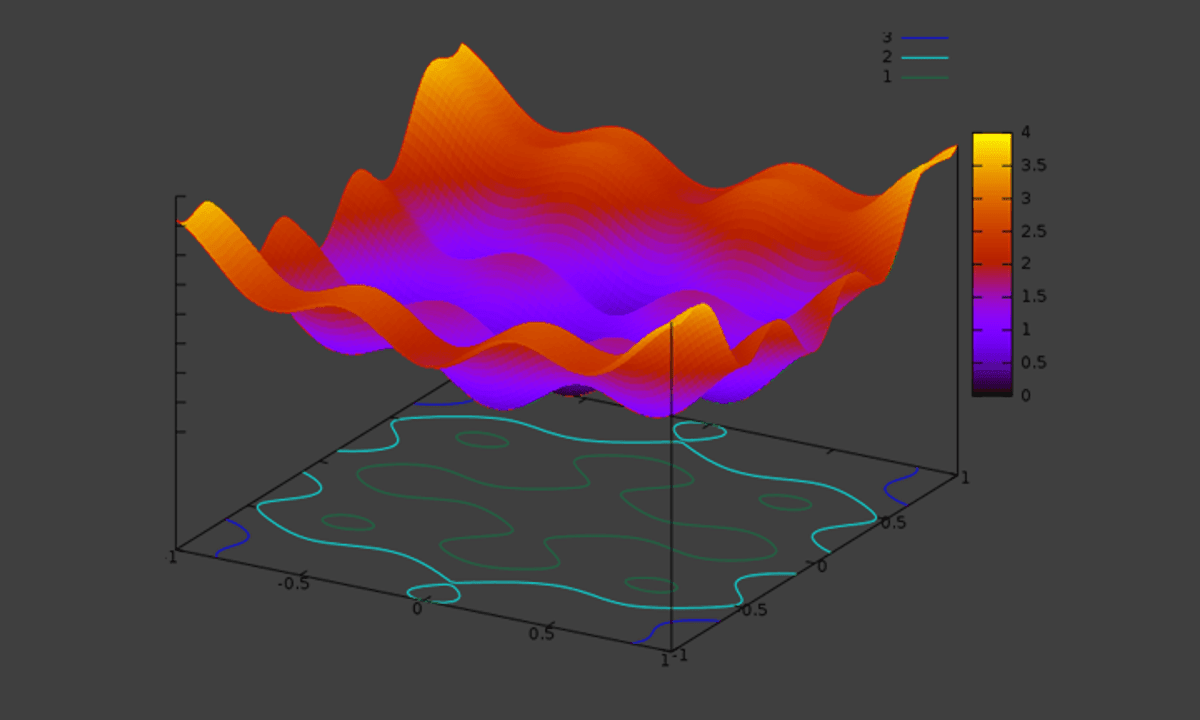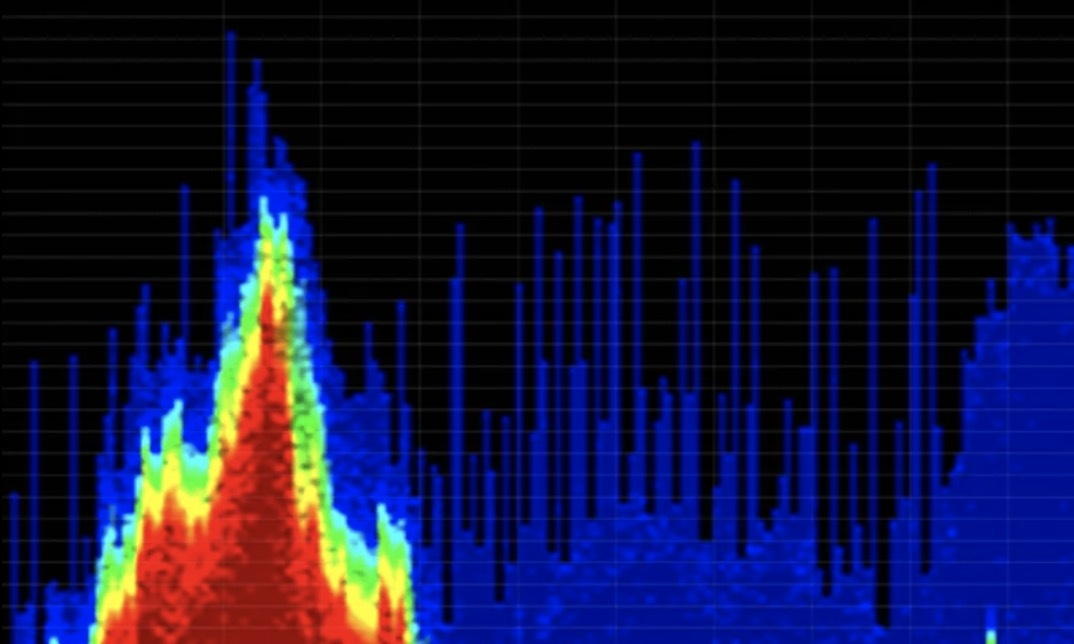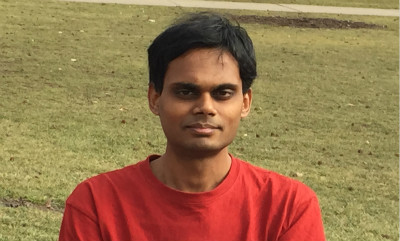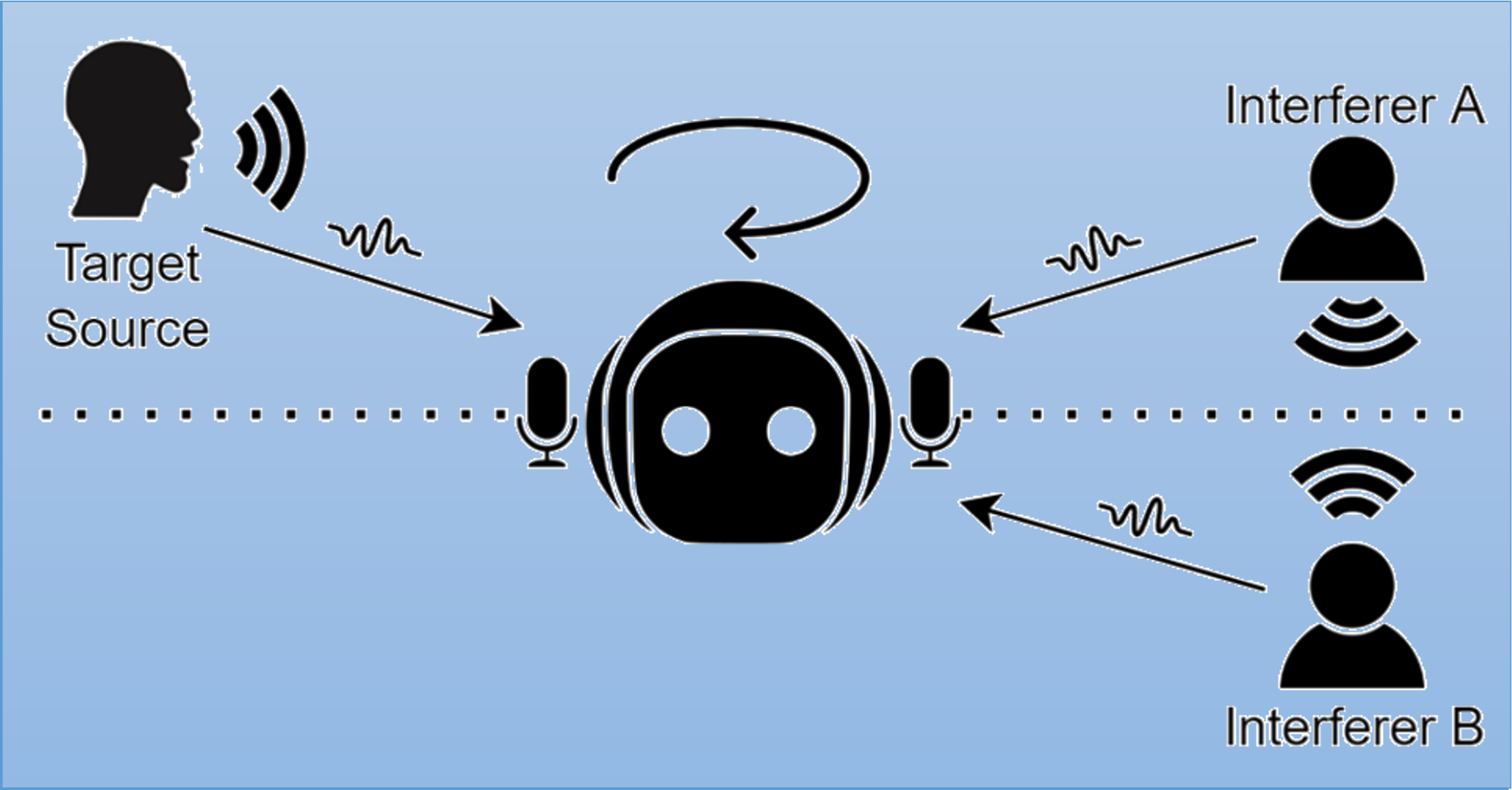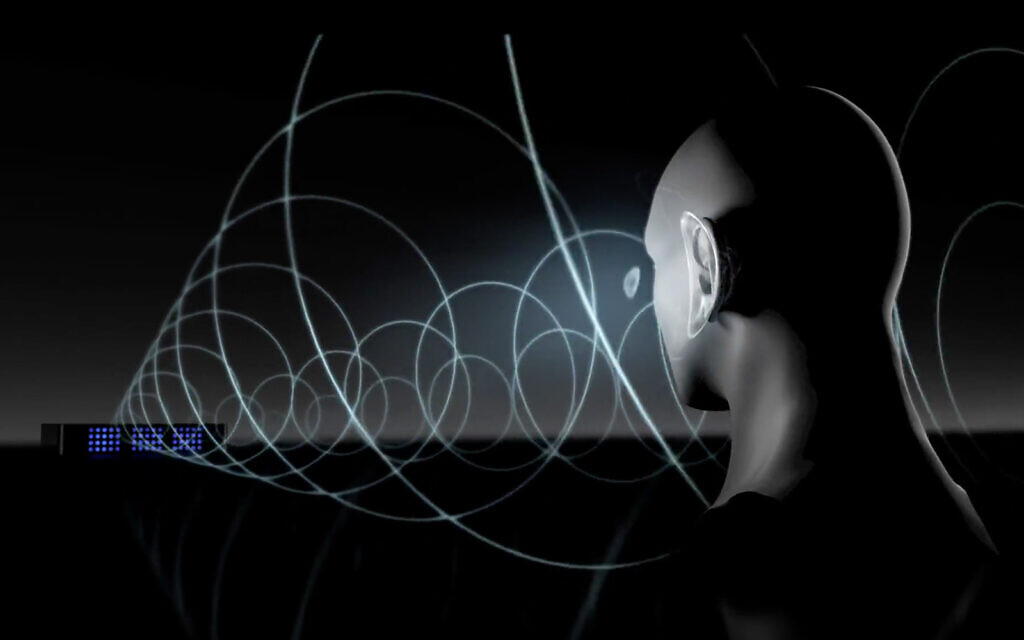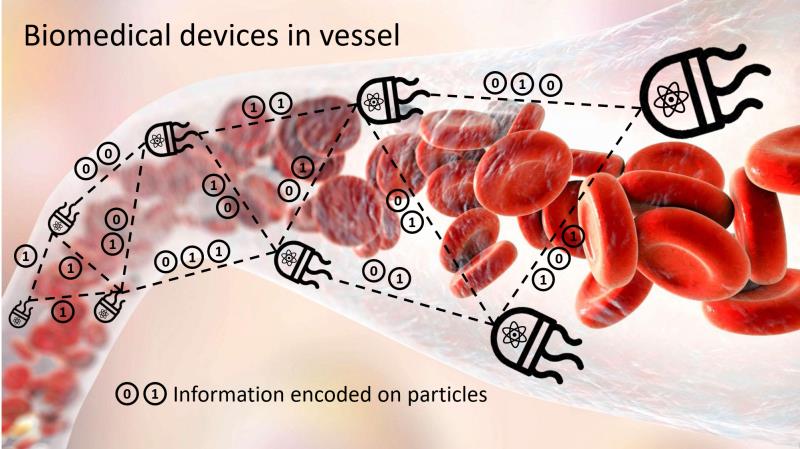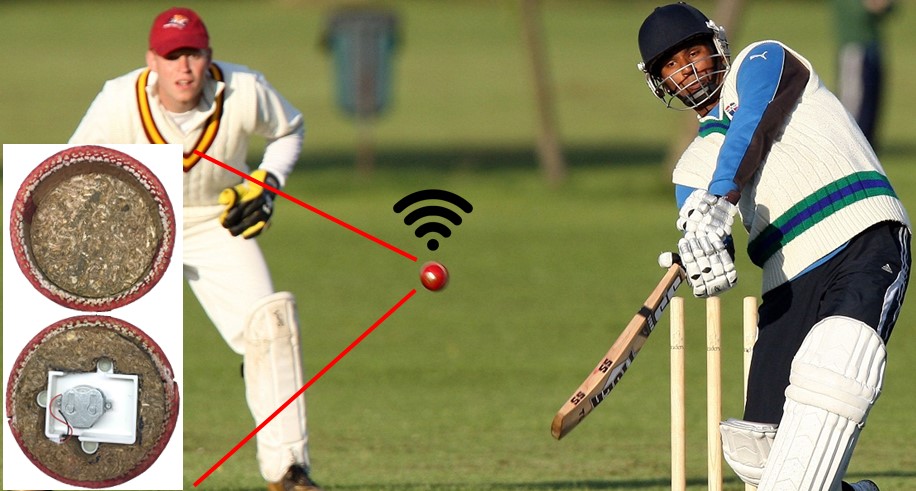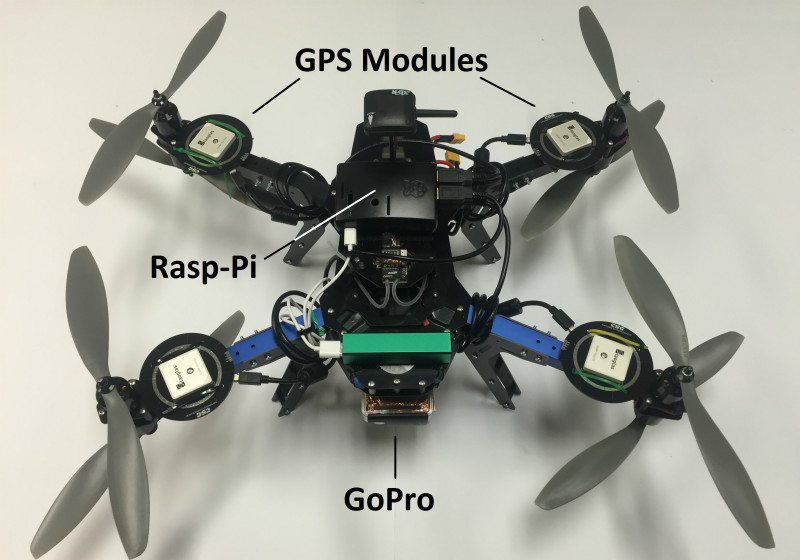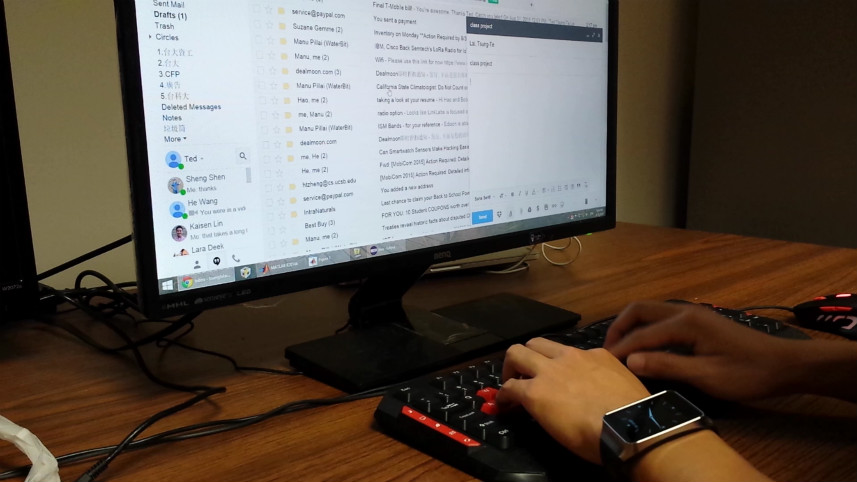

Our binaural source separation paper accepted to ICML'22
This paper explores a self-supervised technique for binaural source separation by region, which relaxes the maximum number of sources constraint.
(Led by Alan)
Our new earable computing website launched
Check out our latest works in the area of earable computing here. We are also looking for new PhD students to join us in this area.

EarSense accepted to MobiCom’20
EarSense exploits jack re-tasking of audio chips and proposes algorithms to sense and localize a set of gestures made by teeth, on COTS headphone/earphones. It would enable applications ranging from accessibilities on smart-devices, security, hand-free interfaces to sensing for health. (Led by Jay)
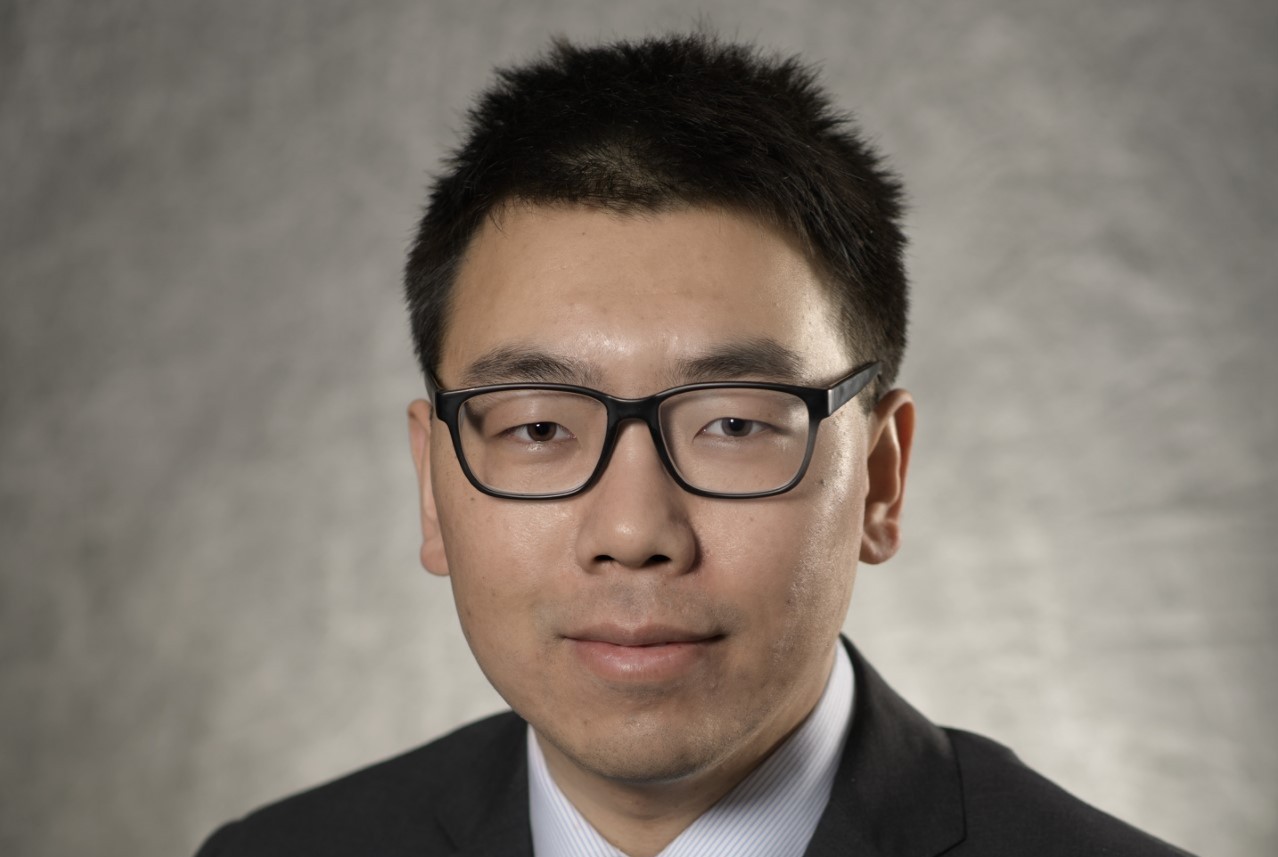
Sheng accepts Facebook
Sheng will join Facebook AR/VR in Jan 2020. Congratulations!
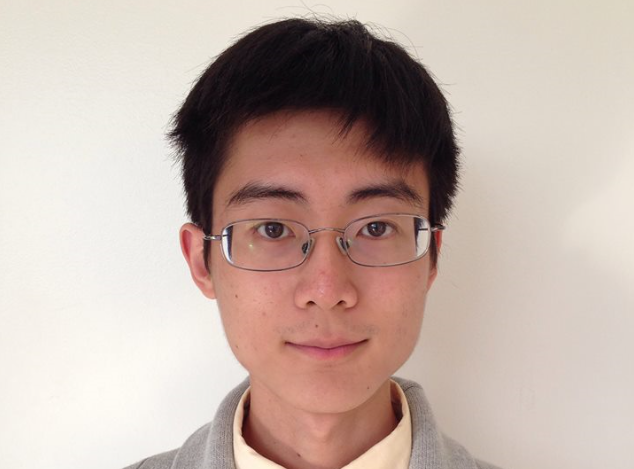
Daniel joined Mercedes-Benz R&D
Daniel graduated with a M.S. and joined Mercedes-Benz R&D. Congratulations!
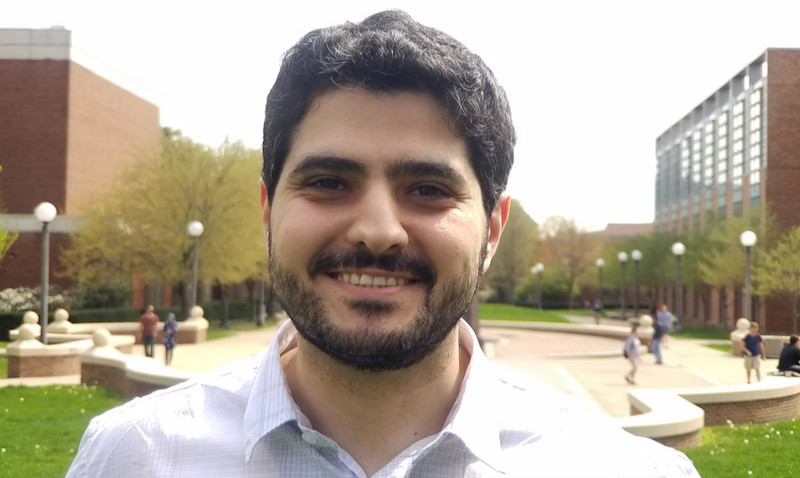
Haitham wins 2019 Sloan Research Fellowship
The Sloan Research Fellowship is given to early-career scholars who are the most promising scientific researchers working today. Congratulations to Haitham!
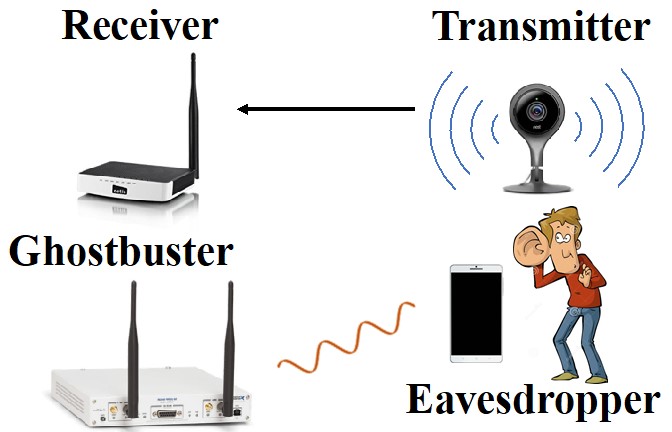
MUSE and Ghostbuster accepted to MobiCom'18
MUSE aims at improving today's IMU sensor fusion algorithms, while
Ghostbuster can detect the presence of radios that silently eavesdrop on wireless communication.
(Led by Sheng and Anadi)
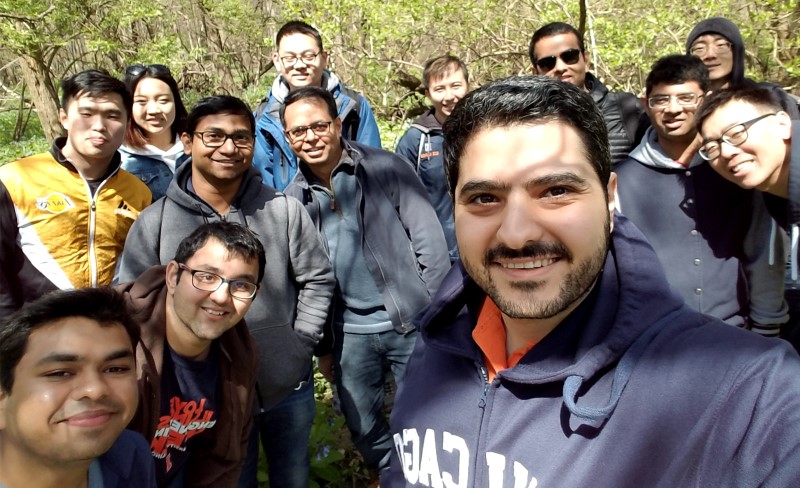
SyNRG BBQ @ Homer Lake

Haitham receives NSF CAREER Award
For developing agile and scalable mmWave networks. Congratulations!
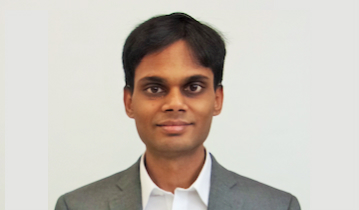
Mahanth joining Penn State Faculty
Mahanth will join the CS department of Pennsylvania State University as a tenure track professor from spring 2018. Congratulations!
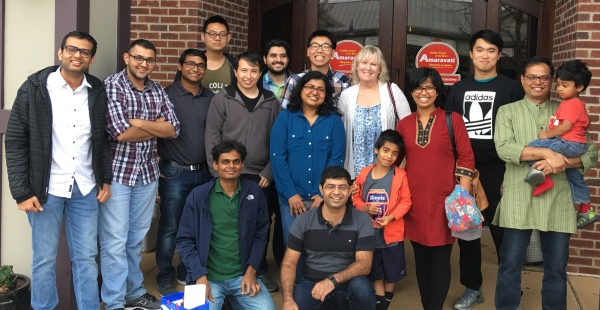
SyNRG celebrates Mahanth's defense!
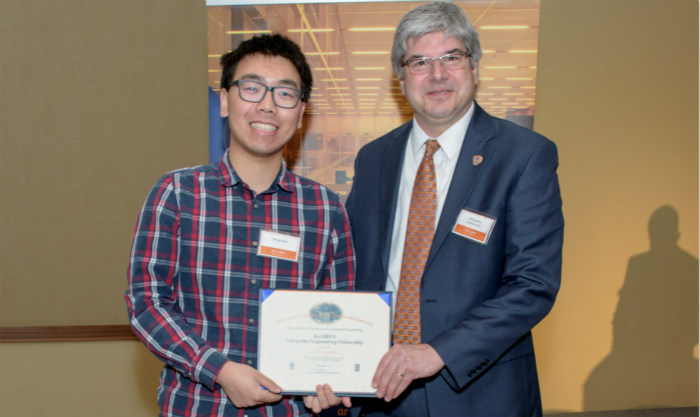
Sheng wins Rambus Fellowship
Sheng Shen was recently awarded the the Rambus Fellowship in Electrical and Computer Engineering for 2017-2018.
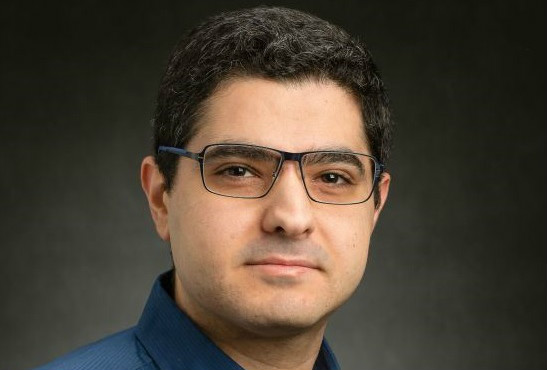
Haitham joins and co-leads the SyNRG group
Haitham Hassanieh is a new Assistant Professor in the ECE Department at UIUC. His research is in the area of computer networks and algorithms.
Puneet graduates with PhD
And now a researcher at HP Labs in Palo Alto. Congratulations, Puneet!
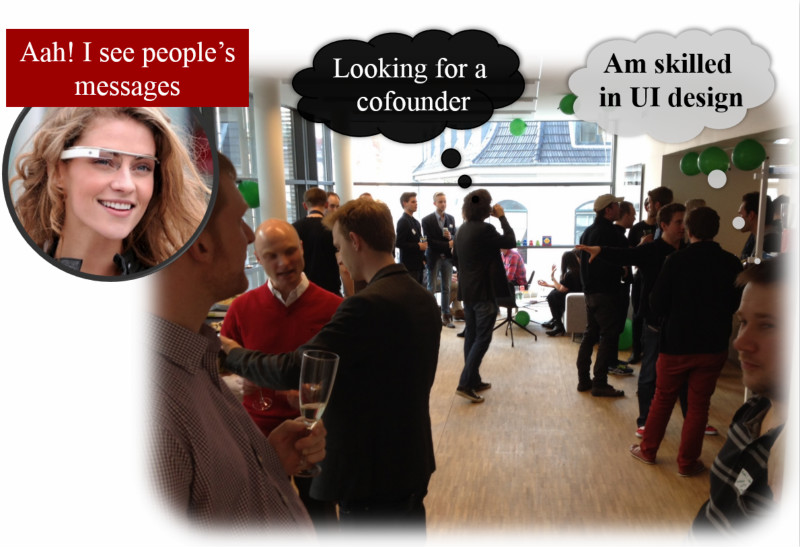
Insight accepted to MobiSys'15
Insight develops techniques using which humans can be visually recognized. Complementary
to face recognition, Insight exploits the intuition that motion patterns and clothing colors may pose as a human fingerprint, adequate to discriminate
one individual from others.
(Led by He)
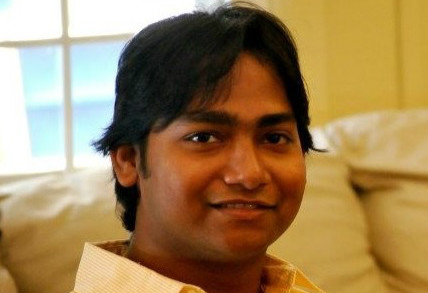
Nirupam wins 2016 Joan and Lalit Bahl fellowship
The fellowship will be in the amount of $20,000.
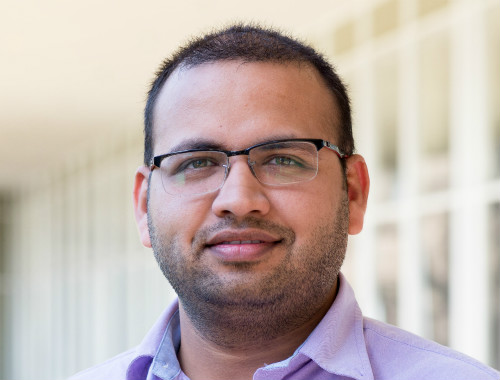
Puneet joins HP Labs. Congratulations!
Romit gives talks on earable computing
Romit gives talks at Oxford Univ., Cambridge Univ. and NUS , discussing the problem space of “Earables” as a next step to Wearable Computing.
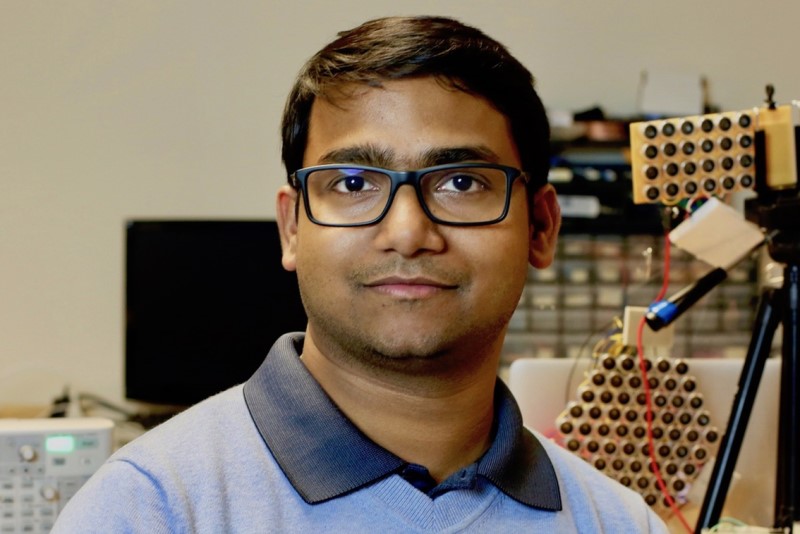
Nirupam accepts Univ. of Maryland
Nirupam will join the CS department of the University of Maryland, College Park as a tenure track professor from Spring 2019. Congratulations!

Romit gives a talk at NSF Early Career Workshop, 2017
Slides are here: pdf
VibraPhone accepted to MobiSys'16
VibraPhone demonstrates the feasibility of using the vibration motor in mobile devices as a sound sensor, almost like a microphone.
(Led by Nirupam)
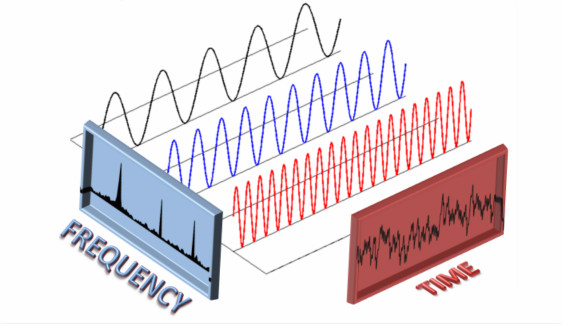
Haitham's thesis wins 2016 Sprowls award
Haitham's thesis on "The Sparse Fourier Transform: Theory & Practice" wins the 2016 Sprowls award for best thesis in Computer Science at MIT.
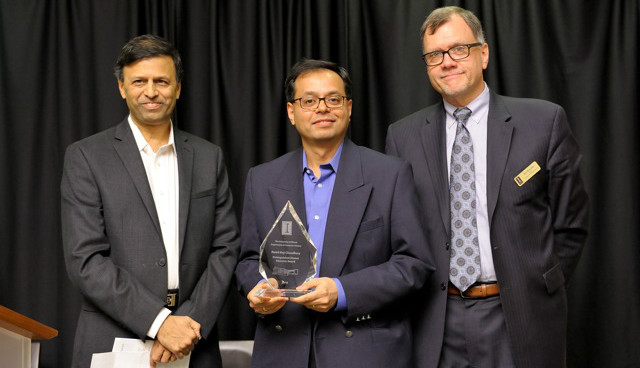
Romit wins 2016 CS @ ILLINOIS Distinguished Alumni Award
This award is in recognition of "alumni and faculty members who have made professional, technical, educational, or service contributions that bring distinction to themselves, the department, and the university."

SyNRG party at Turkey Run State Park
Canoe trips were great fun... one canoe flipped but we all survived!
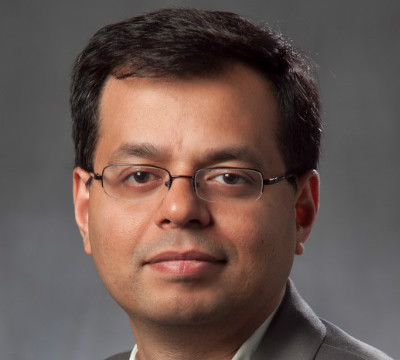
Romit wins 2015 ACM Sigmobile Rockstar Award
Romit Roy Choudhury was recently awarded the 2015 ACM SIGMOBILE RockStar Award in recognition of "significant contributions, early in his career, to mobile sensing and wireless networking, with an emphasis on location and cross-layer protocols".
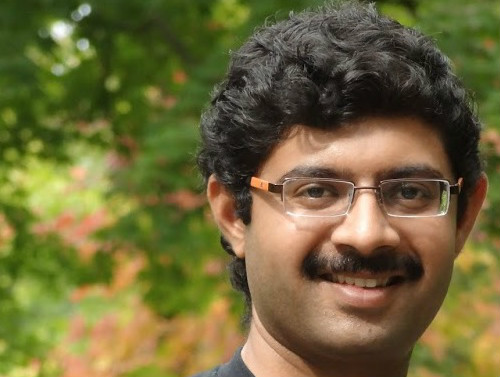
Ashutosh joins the SyNRG group. Welcome!
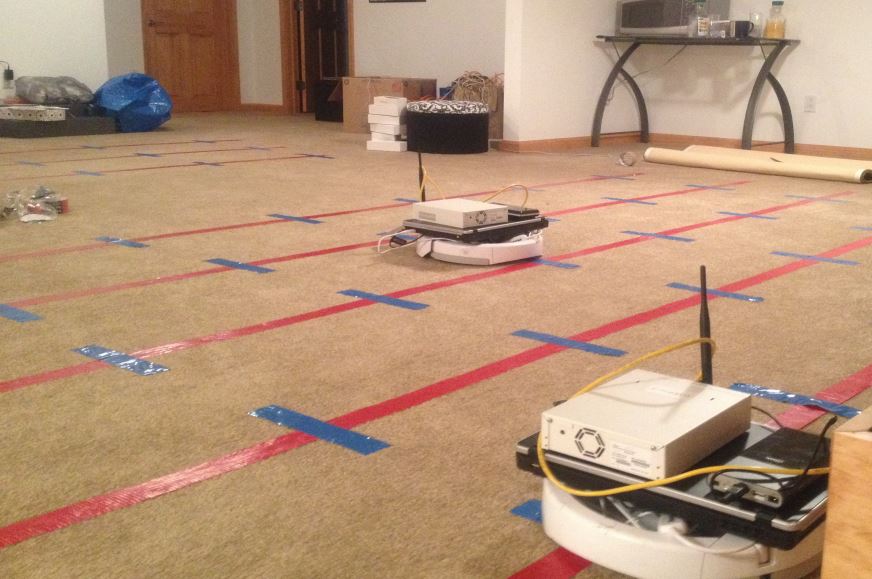
Our work on wireless infrastructure mobility accepted to HotNets'14
This paper envisions the possibility of injecting mobility into wireless infrastructure. See paper here.

Our paper on driver detection appeared in COMSNETS'14
This work was awarded best poster in MobiSys 2011. See paper here.
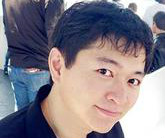
Xuan Bao joins Samsung Research America. Congratulations!
Jayden's internship work at IBM Research accepted to RFIC'20
This paper presented a system that can create a 3D image of the physical environment surrounding a mmWave directional communications device using reflected communications waveforms. (Led by Jayden)
Ashutosh accepts Georgia Tech
Ashutosh will join the CS department of the Georgia Institute of Technology as a tenure track professor from Fall 2019. Congratulations!
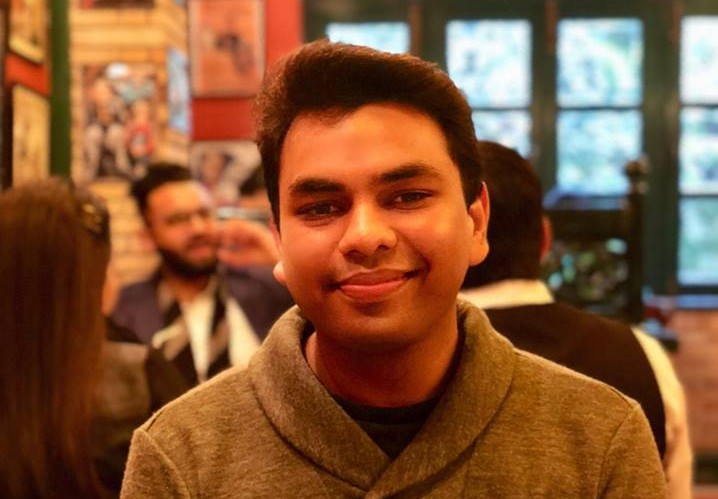
Amod joined Amazon
Amod graduated with a M.S. and joined Amazon Lab 126. Congratulations!
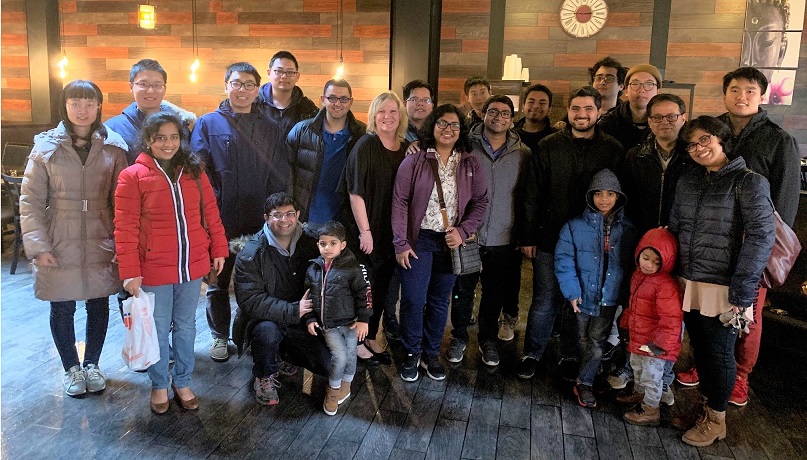
SyNRG celebrates Nirupam's defense!
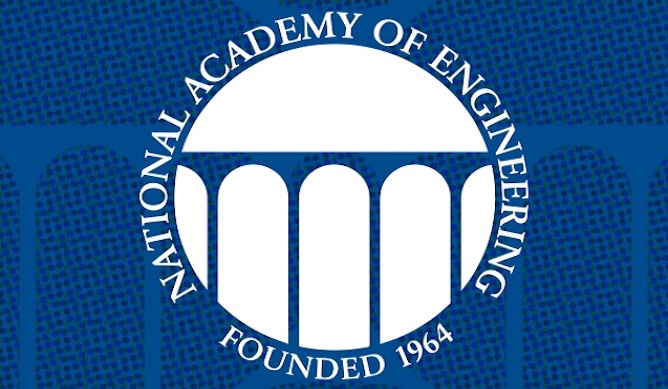
NAE Radio covers our research
on using wireless to help noise cancellation. The recording can be found <here>. The research is also covered on IEEE Spectrum
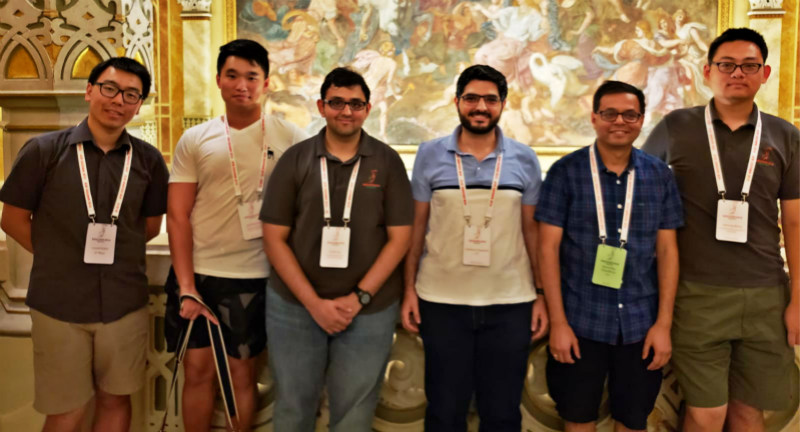
Congrats to Suraj for winning the SIGCOMM'18 Student Research Competition (SRC)
This is for his project, MilliNet, which aims to enable dense spatial reuse in mmWave networks.

Google sponsors SyNRG
For research on acoustic sensing, communications, and various challenges around voice attacks and privacy.
"Inaudible Voice Attacks" solved in NSDI'18 paper
Recent work has shown that inaudible signals (at ultrasound frequencies) can be designed to become audible to microphones at very short distances. We develop such an attack that achieves 25 feet range, and then develop a defense against this class of voice attacks that exploit
non-linearity.
(Led by Nirupam)

Romit named Faculty Scholar
Romit Roy Choudhury was recently awarded the the W.J. “Jerry” Sanders III – Advanced Micro Devices, Inc. Scholar in Electrical and Computer Engineering.
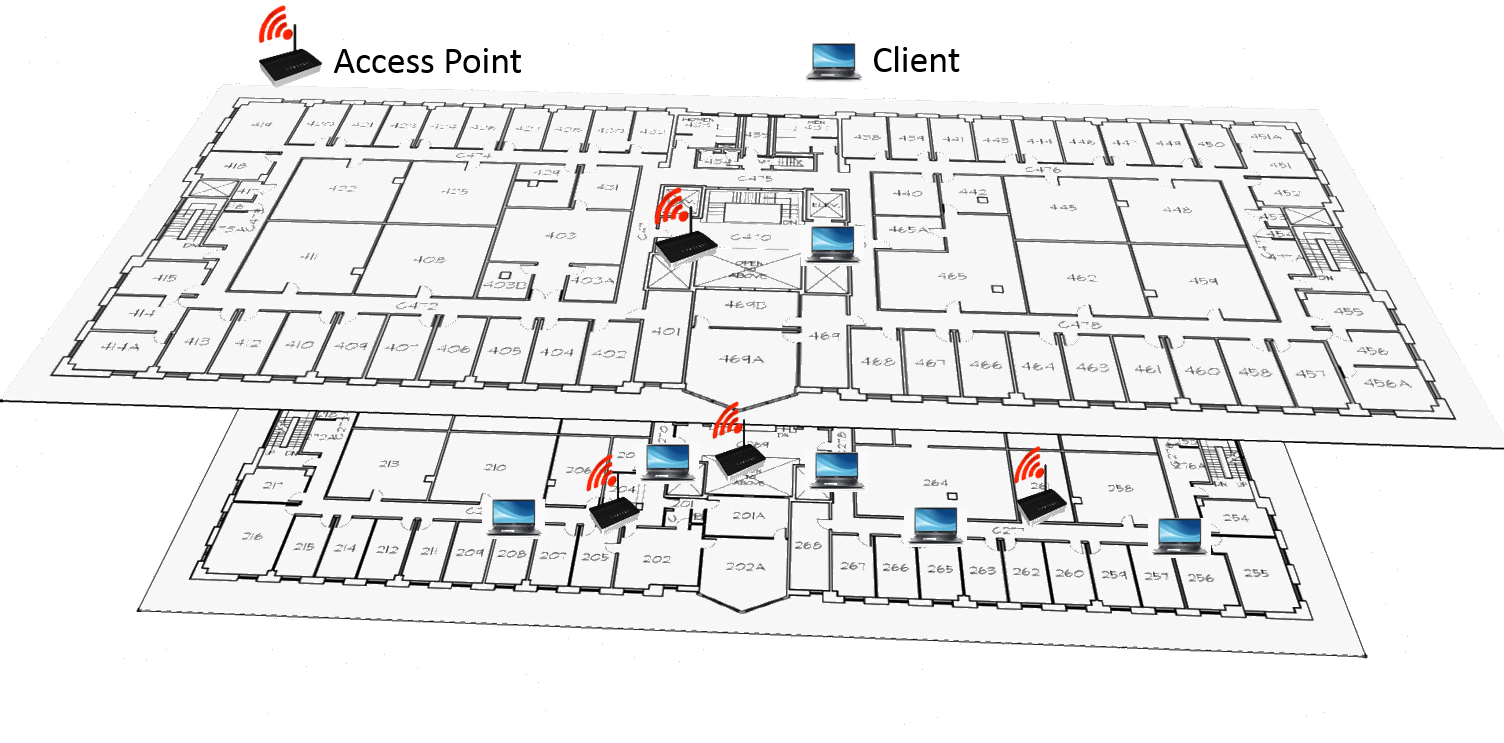
Robotic Wireless Networks accepted to WWW'16
In this paper we explore the possibility of injecting mobility into wireless network infrastructure.
(Led by Mahanth)
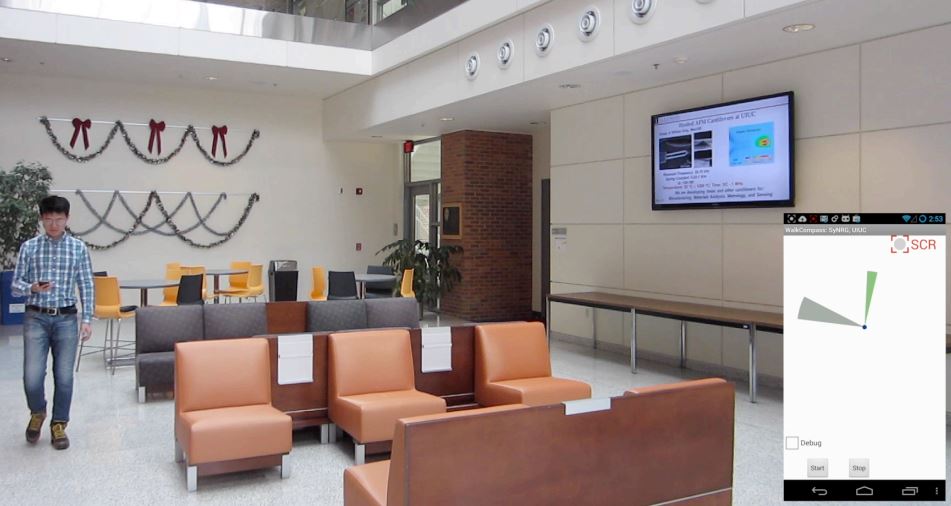
WalkCompass accepted to MobiSys'14
This paper describes WalkCompass, a system that exploits smartphone sensors to estimate the direction in which a user is walking.
(Led by Nirupam)
SyNRG group picture from 2013
The most profound technologies are those that disappear - Mark Weiser.
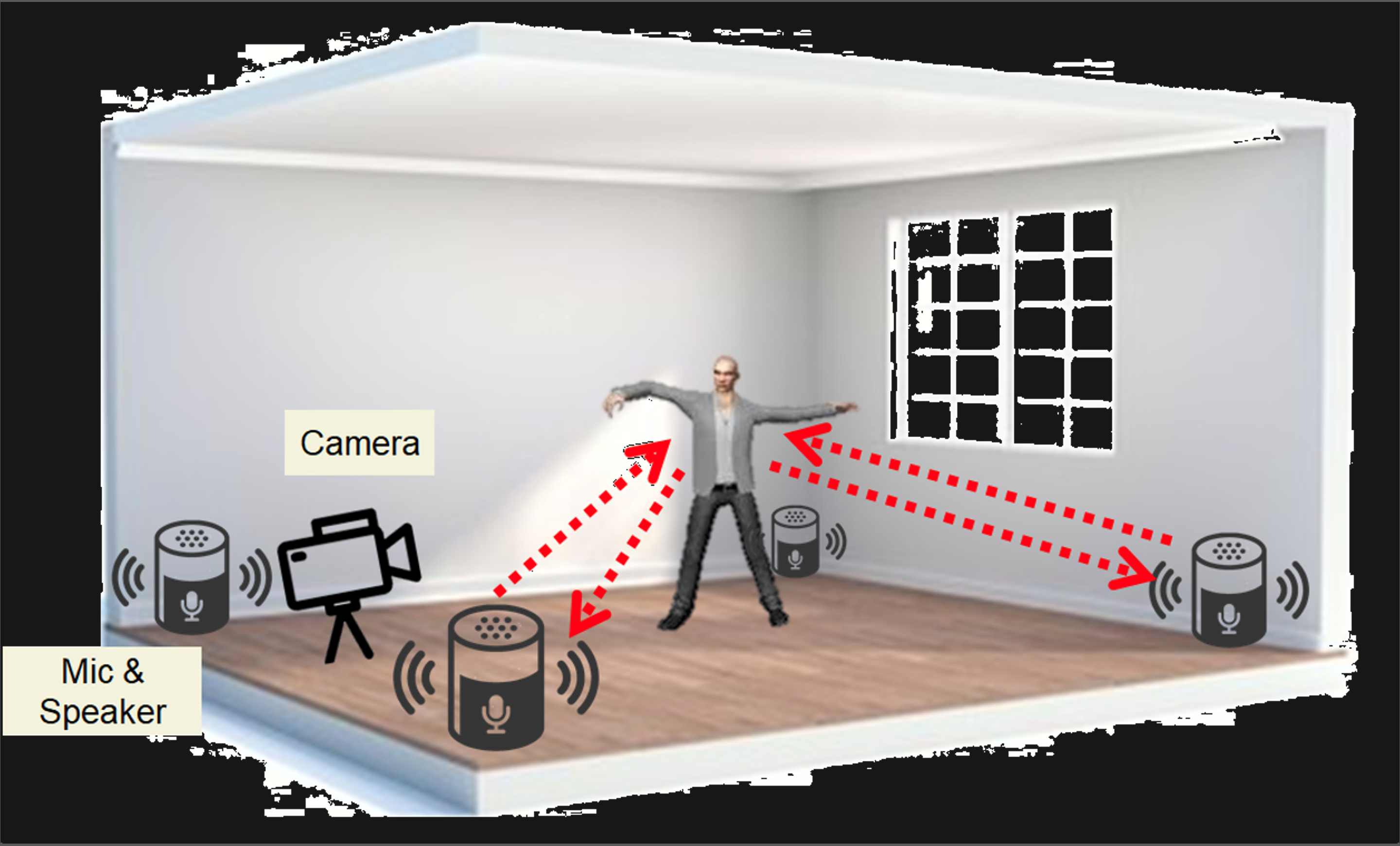
PoseKernelLifter accepted to CVPR'22
PoseKernelLifter explores an acoustic and vision fusion method, utilizing existing smarthome devices to recover the exact metric scale 3D human pose.
(Led by Zhijian)

Bashima named Forbes 30 under 30.
Forbes 30 Under 30 identifies people under 30 years old who has made significant early career contributions to their fields. Bashima is named in the Forbes 30 under 30 science category. Congratulations!
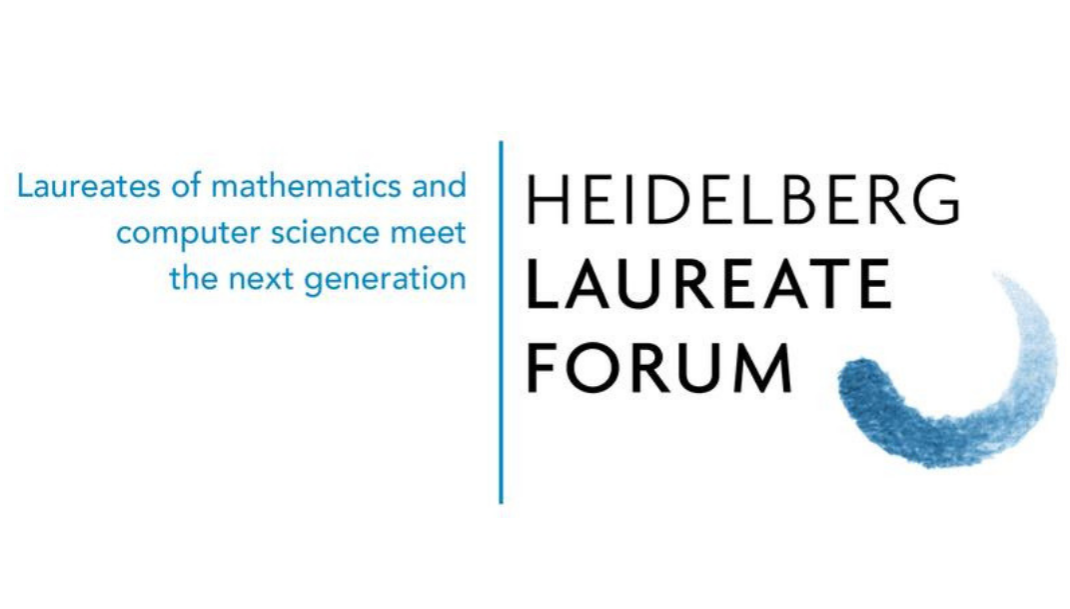
Yu-Lin attends Heidelberg Laureate Forum
Yu-Lin is selected as one of the 200 young researchers all over the world to attend the heidelberg Laureate Forum. Congratulations!
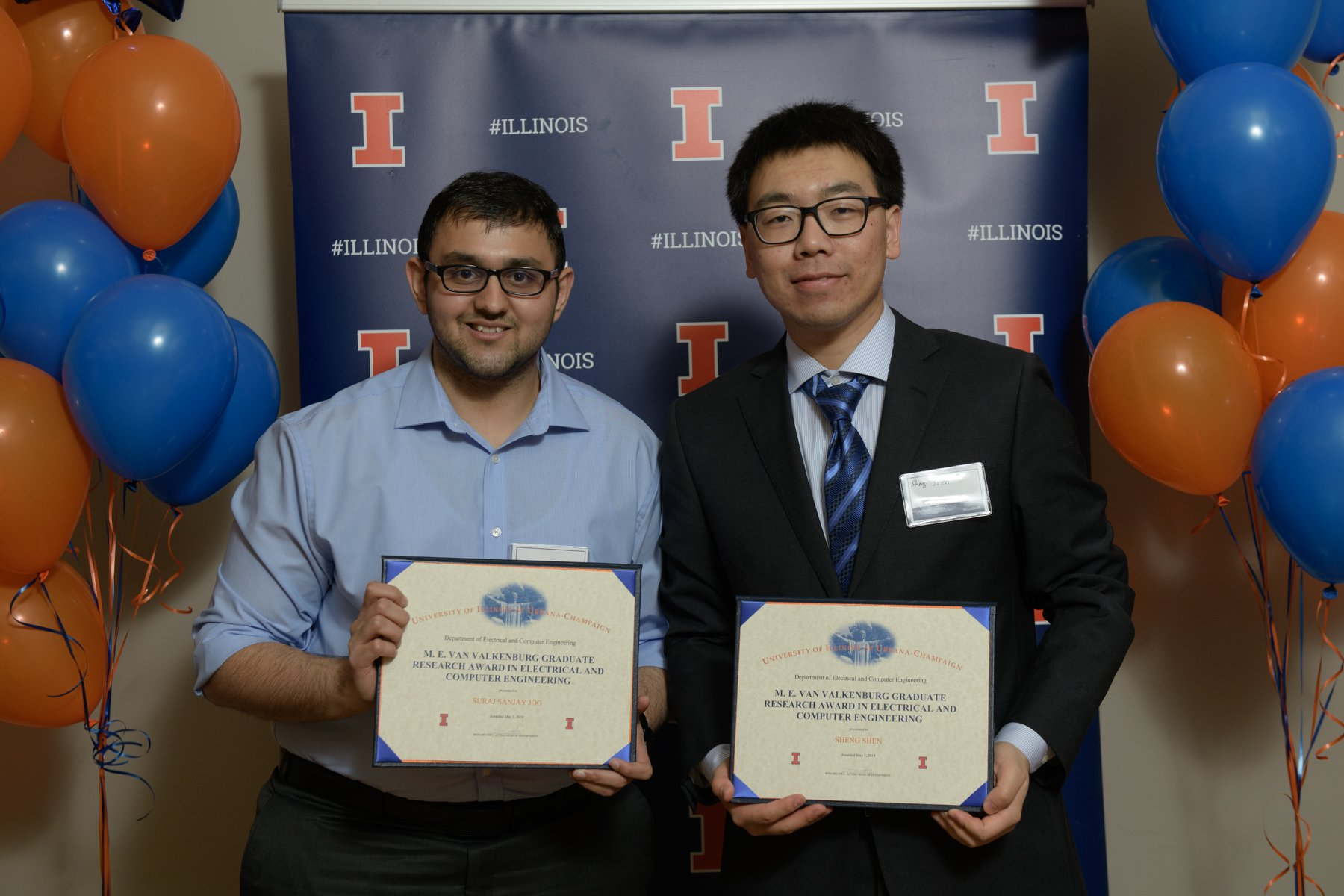
Sheng and Suraj win Fellowships
Congrats to Sheng and Suraj for winning the M.E. Van Valkenburg Graduate Research Award
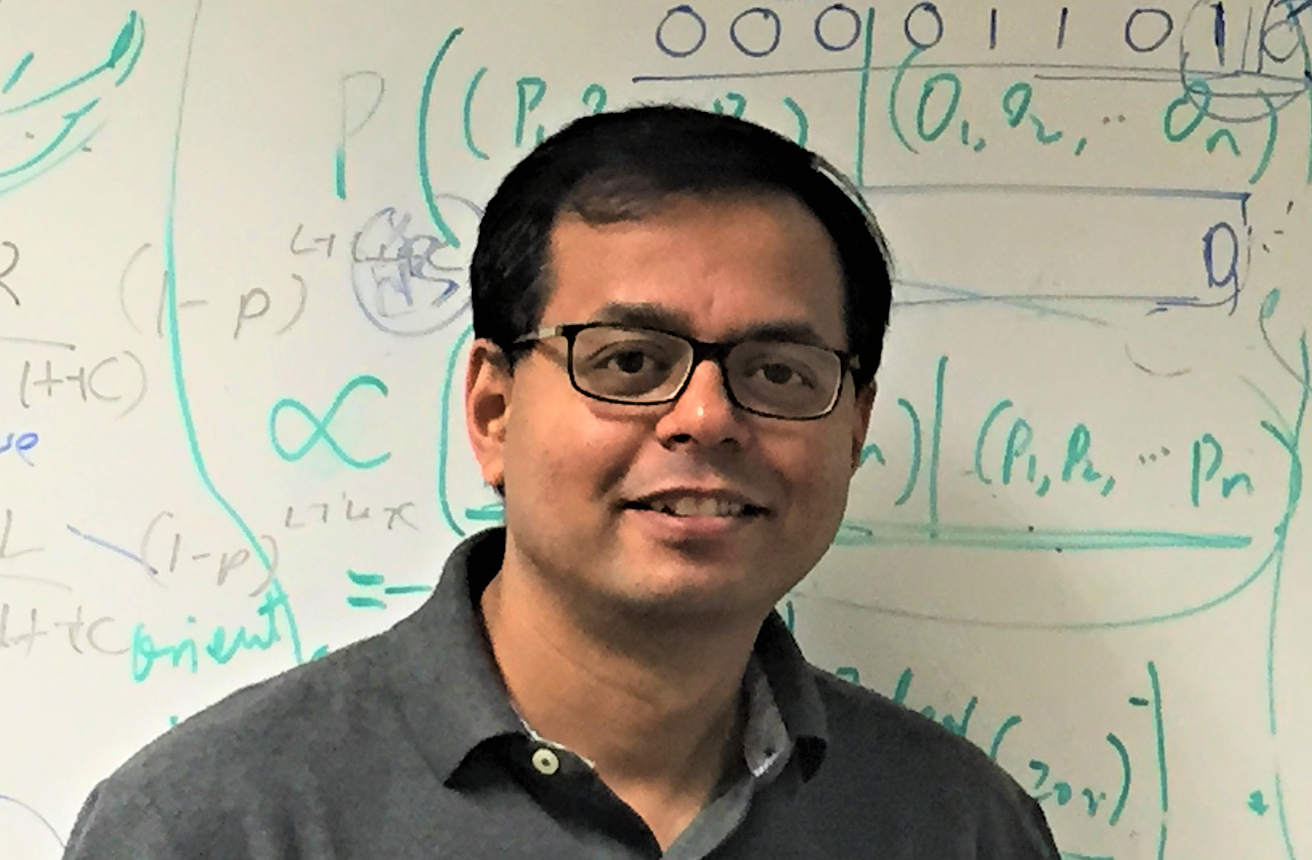
Romit elected IEEE Fellow
Romit has been elected Class 2019 IEEE Fellow for contributions to wireless network protocols and indoor localization. Congratulations!
MUTE and Agile-Link accepted to SIGCOMM'18
MUTE exploits the velocity gap between RF and sound to improve active noise cancellation, while
Agile-Link finds the best mmWave beam alignment without scanning the space.
(Led by Sheng and Haitham)
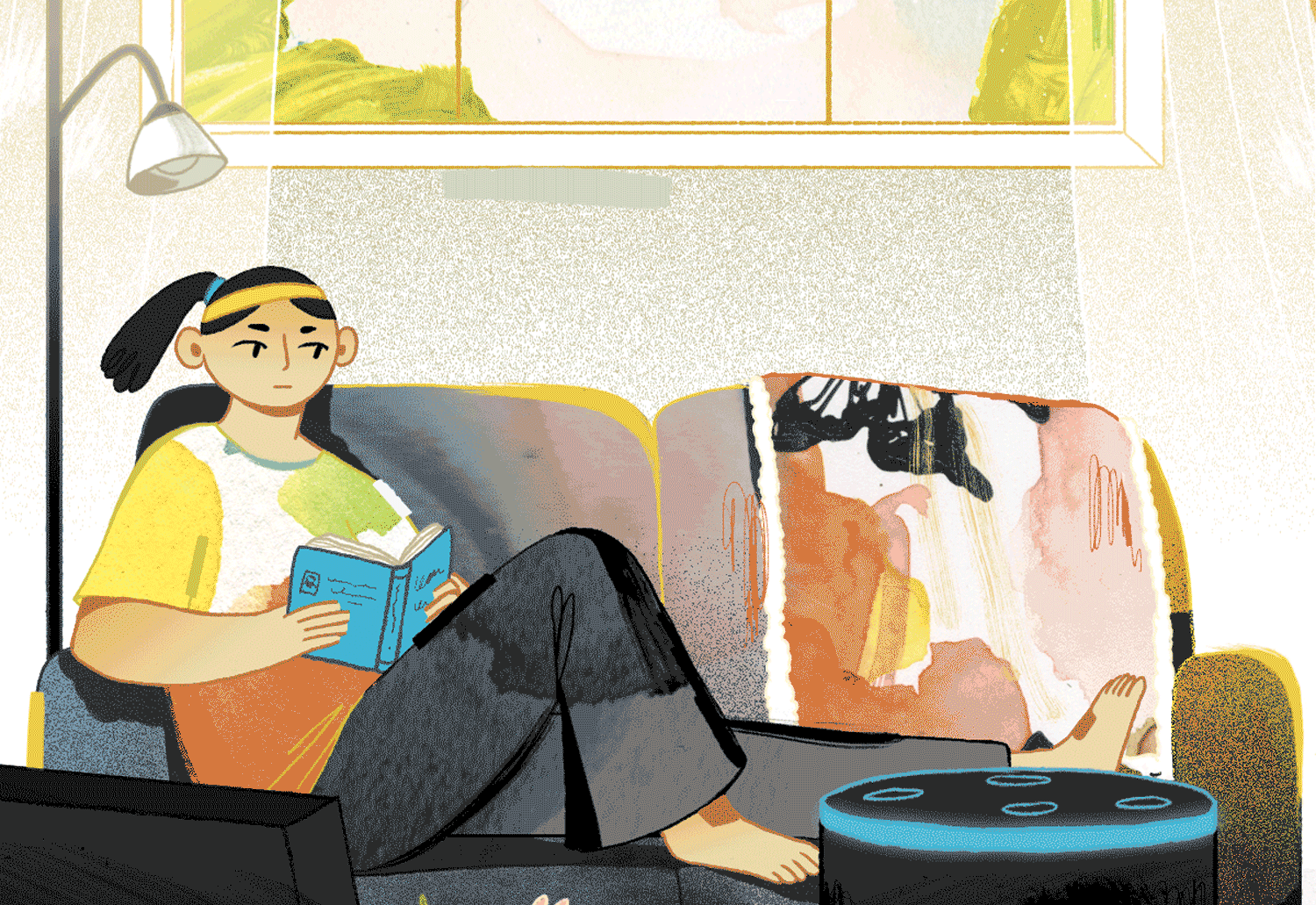
The New York Times mentions ...
our work on inaudible voice commands and how long range attacks are possible from 25ft away.
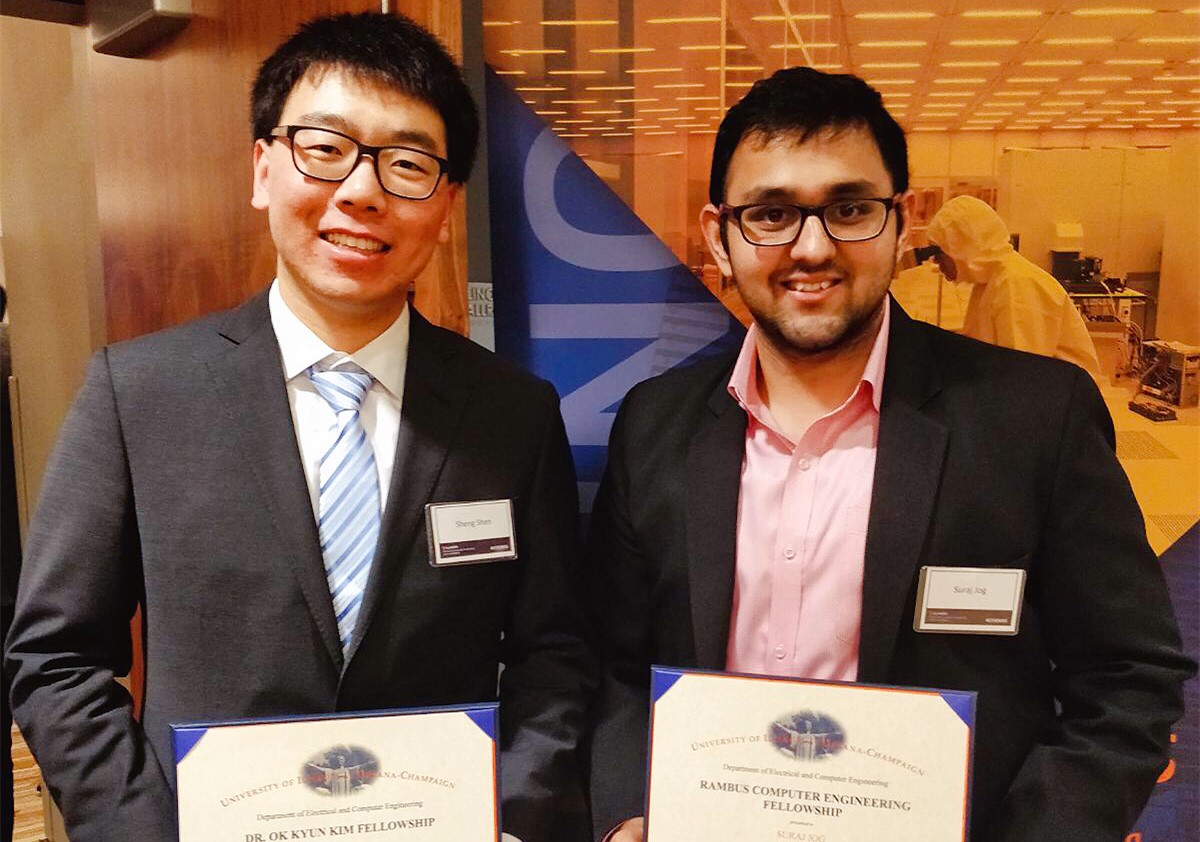
Suraj and Sheng win Fellowships
Congrats to Suraj for winning the Rambus fellowship,
Sheng for winning the Ok Kyun Kim fellowship and
the Yee fellowship.
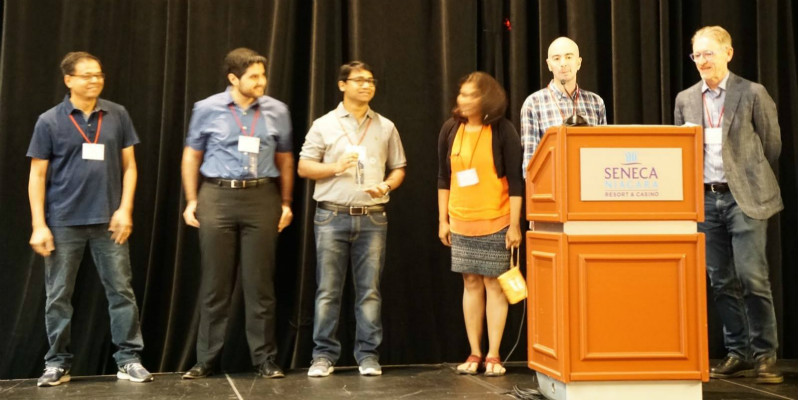
BackDoor wins MobiSys'17 Best Paper Award
BackDoor shows high-frequency ultrasonic sounds can be designed to be recordable by unmodified smartphone microphones while remaining inaudible to humans, leading to applications including inaudible acoustic-jammer and in-air acoustic communication for IoT devices.
(Led by Nirupam)
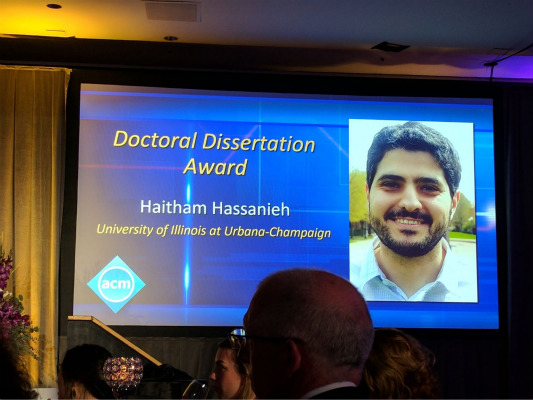
Haitham receives ACM 2016 Doctoral Dissertation Award
Hassanieh developed highly efficient algorithms for computing the Sparse Fourier Transform, and demonstrated their applicability in many domains including networks, graphics, medical imaging and biochemistry.
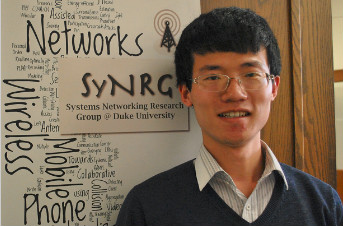
He Wang accepts Purdue
He will join the CS department of Purdue University as a tenure track professor. Congratulations!

ActivPass accepted to CHI'15
This paper explores the feasibility of automatically extracting passwords from a user’s daily activity logs, such as her Facebook activity, phone activity etc.
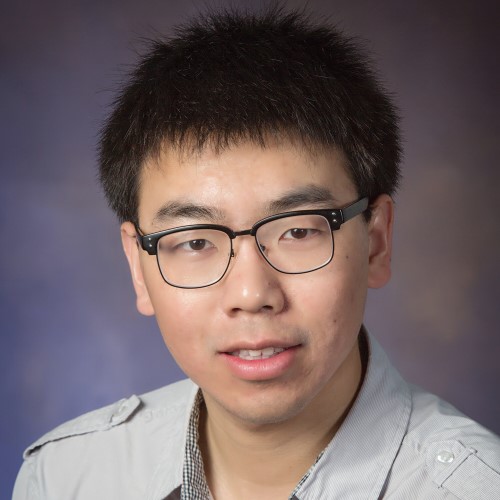
Sheng joins the SyNRG group. Welcome!

AccelPrint accepted to NDSS'14
This paper submits a hypothesis that smartphone/tablet accelerometers possess unique fingerprints, which can be exploited for tracking users.
